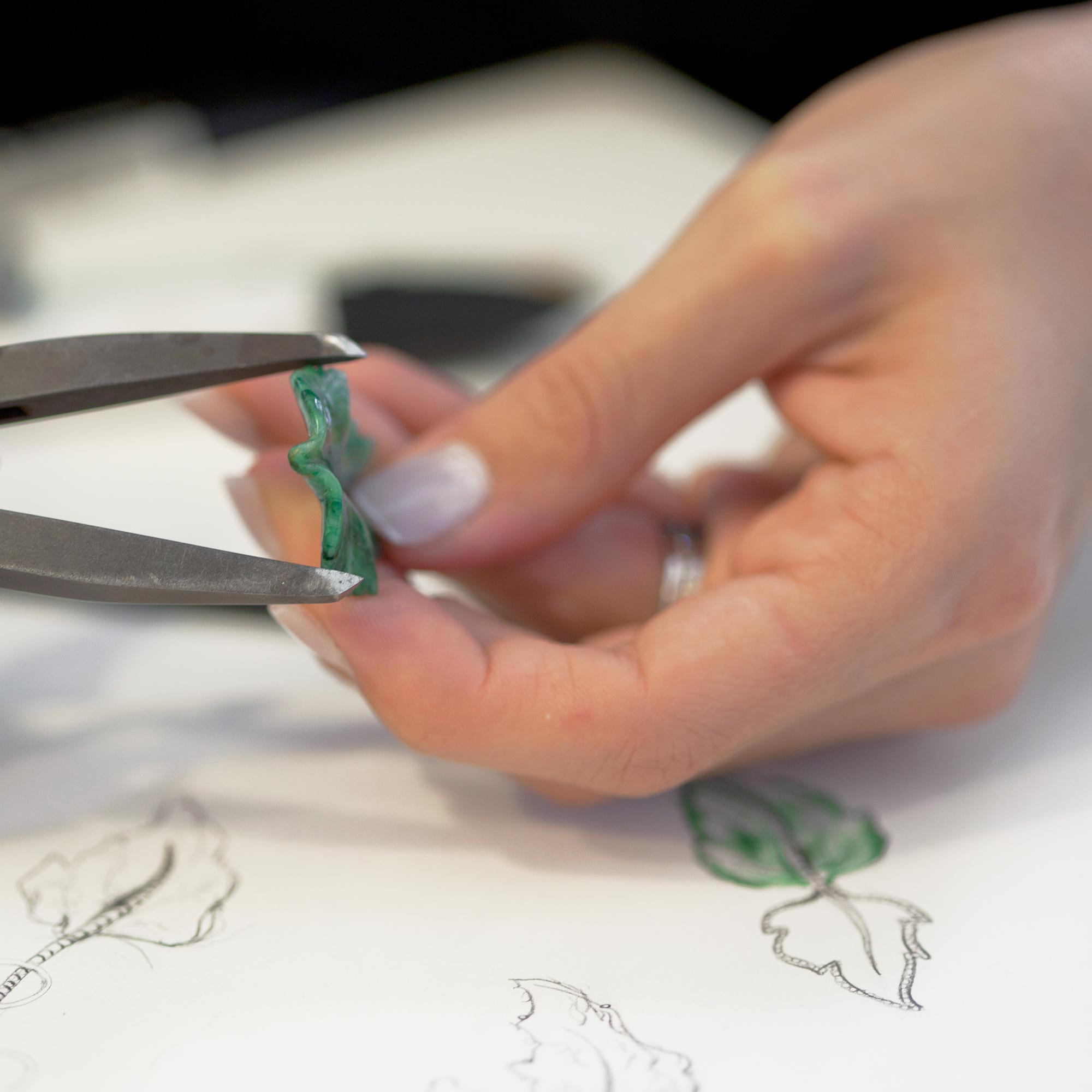The dependency timeframe is on the table of the World Intellectual Property Organization (WIPO). During the working group on the Legal Development of the Madrid System for the International Registration of Marks from 15 to 17 November, 2021, the proposal was made to shorten the pendency period from five to three years. The proposal was favorably received and will be discussed during a following session.
This post discusses the crucial role of the basic mark for the international registration. It also provides some considerations for the best filing strategy.
Central attack
An international registration is dependent on the basic mark within (currently) five years from the date of registration. During this time, if the basic mark ceases to have effect, for all or part of the goods and services, the international trade mark will too.
This is the central attack, also called the mirror effect: an attack on the home mark, in whole or in part, results in the same cancellation or limitation of protection for the international registration.
In most cases, the ceasing of effect will result from a final court or IP Office’s decision of revocation, cancellation or invalidation of the basic registration. It can also result from the rejection, abandonment or renunciation of a basic application.
Importantly, where a final decision resulting in the partial or total ceasing of effect of the basic mark happens after the five-year period, the IP Office is obliged to notify WIPO if the action resulting in the ceasing of effect was initiated in the five-year period.
Transformation
To mitigate the consequences of the dependency provision, the Madrid Protocol introduced the possibility of transformation of the international trade mark into national or regional rights.
This way, the foreign rights are not lost. But this option should ideally be avoided since it proves expensive, complex and cumbersome and the outcome is uncertain.
Basic mark
Not all trade marks qualify as a basic mark.
Under Article 2(2) of the Protocol Relating to the Madrid Agreement Concerning the International Registration of Marks, the trade mark must be registered or applied for registration in the territory of the member of the Madrid Union to which the applicant has an establishment, domicile or nationality. The international trade mark is then filed in this territory, before the Office of Origin.
A choice is available where the applicant has a connection with several Contracting Parties of the Madrid System. For instance, a national of one country who resides in another – assuming that these countries are Contracting Parties – can choose one or the other to file the basic mark and the international application.
For the choice of the Office of Origin, the domestic law, regulations and practices should be considered, in particular regarding the following aspects:
- the length of time for the basic mark to mature into registration, having in mind that some Offices offer an accelerated examination,
- the filing language and whether a choice of languages is offered, looking at whether the specification will need to be translated into one of the Madrid working languages (information available at WIPO’s Madrid Member Profiles Database),
- the conditions for the registration for the basic mark, including requirements for disclaimers for non-distinctive elements of the mark or for a very specific description the specification,
- the examination practice for absolute grounds, such as the threshold of distinctiveness required, which, if strict, has the downside of delaying the examination but, going forward, allows you to obtain a robust basic mark and to reduce the risk of objections in the designated countries of the international trade mark.
Factors to consider
The holder should also take into account the level of vulnerability of the basic mark, which may mean avoiding one with a strong likelihood of several problematic prior rights or with a risk of being cancelled for bad faith due to lack of intention to use.
The interest in having the trademark in this country, especially when it is planned to use it, is another decisive element. In some countries, the window to begin the use of the trade mark is three years from the registration date.
Tax aspects can come into play should it be planned to assign or license the international trademark later such as from an operating company to a holding company.
Single-class applications are no issue since the international trade mark can be based on several identical basic marks covering different goods and services.
Likewise, priority is not an element of choice. The earlier filing may be another trade mark filed in a country party to the Paris Convention or in a member of the World Trade Organization. This possibility to claim priority of another trade mark provides flexibility in the choice of the basic one.
Global protection strategy
In order to mitigate the risk of the central attack, it is advisable to perform a full clearance search in the home country that will disclose the risk of a third party’s claim against the use and registration of the basic mark on the basis of prior IP rights.
For the same reason, it is often best to wait for the registration of the basic mark and clear the opposition period before filing the international trade mark.
Turning to the specification, the terms and classification should ideally be acceptable before both the Office of Origin and according to the Nice Classification so as to avoid an objection by WIPO in this regard.
All in all, the global protection strategy is worth being defined at the time of the first filing. The best strategy depends on each scenario, not forgetting that sometimes the national route is preferable.
In any case, when using the Madrid System, “think global, act local” is a good credo: the foundations for the international trade mark are laid in the home country.
Nathalie Denel, Intellectual Property Lawyer
April 27, 2022

